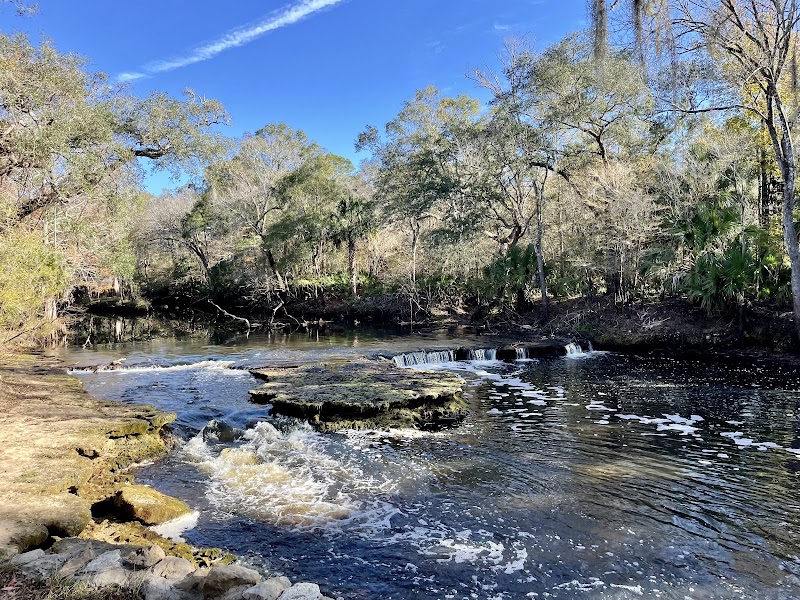
Big Bend Saltwater Paddling Trail Adventures
The Big Bend Saltwater Paddling Trail offers over 190 miles of paddling routes along Florida’s Gulf Coast, showcasing remote estuaries, pristine coastal habitats, and abundant wildlife.
About Big Bend Saltwater Paddling Trail

The Big Bend Saltwater Paddling Trail is an extensive water trail extending from Anclote Key near Tarpon Springs southward along Florida’s Gulf Coast to the mouth of the Suwannee River. This trail spans approximately 190 miles, providing kayakers and canoeists access to a remote and largely undeveloped stretch of coastline in the Big Bend region of Florida. The area is characterized by expansive salt marshes, tidal creeks, oyster bars, seagrass beds, and barrier islands, offering a dynamic and ecologically rich paddling environment. Paddlers encounter diverse wildlife including manatees, dolphins, shorebirds, and a variety of fish species, making wildlife viewing a prime attraction. The trail also passes through several protected areas such as Anclote Key Preserve State Park, Crystal River National Wildlife Refuge, and St. Marks National Wildlife Refuge. Historically, the Big Bend coastline has been shaped by natural forces with relatively low human impact, preserving its pristine condition. Recreational opportunities focus on saltwater paddling but also include fishing, birdwatching, and camping on select islands and shorelines. The undisturbed landscapes and serene waters appeal to paddlers seeking solitude and natural beauty. The trail offers both day-trip segments and multi-day excursions with primitive camping options along the route. Navigation can involve tidal considerations and weather awareness. Overall, the Big Bend Saltwater Paddling Trail provides a unique chance to experience the quiet, natural side of Florida’s Gulf Coast in a sustainable and immersive way.
Highlights
Anclote Key Preserve – undeveloped island with prime nesting habitat for shorebirds
Seagrass beds that support manatee populations and diverse marine life
Historic Apalachee Bay with shell middens and Native American archaeological sites
Remote primitive camping sites on barrier islands accessible only by water
Notable Natural Features
Anclote Key Preserve
A state park island featuring pristine beaches and vital bird nesting areas, accessible only by boat.
St. Marks National Wildlife Refuge
A vast refuge protecting estuarine habitats and providing numerous paddling access points and wildlife viewing opportunities.
Shell Middens at Apalachee Bay
Historic Native American sites reflecting thousands of years of coastal habitation.
